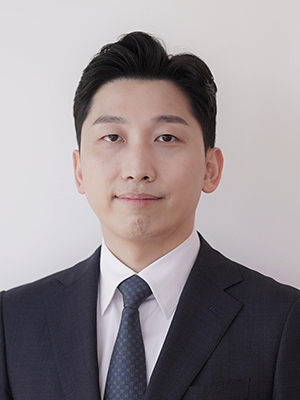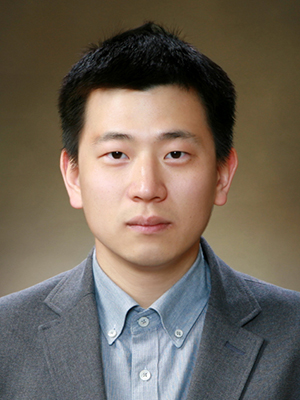
Do-Yoon Kang
Asan Medical Center, Korea (Republic of)
At the TCTAP 2025 Live Case & Lecture Session 8 held on April 25 in the Valve & Endovascular Theater, Dr. Do-Yoon Kang from Asan Medical Center delivered a highly anticipated featured lecture on the evolving role of transcatheter edge-to-edge repair (TEER) in atrial functional mitral regurgitation (AFMR), a subtype of functional mitral regurgitation (FMR) gaining growing clinical attention. Titled "TEER for Atrial Functional MR: Evidence and Future Perspectives," the presentation provided a comprehensive synthesis of pathophysiological insights, procedural outcomes, and emerging clinical data that underscore TEER's role in the treatment algorithm for this complex entity.
Dr. Kang opened by distinguishing atrial functional MR from the classic ventricular subtype, emphasizing that AFMR is primarily driven by isolated mitral annular dilation, left atrial enlargement, and insufficient leaflet remodeling—often in the setting of long-standing atrial fibrillation. "Atrial functional MR represents a distinct pathophysiologic mechanism. Unlike ventricular FMR, left ventricular systolic function is preserved and annular dynamics are the central driver," Dr. Kang explained, citing foundational echocardiographic data from Asan Medical Center and international registries.
Referencing a 2019 Asan cohort, Dr. Kang noted that moderate or greater AFMR was present in 1.8% of atrial fibrillation patients. The structural profile of these patients typically includes preserved left ventricular ejection fraction (LVEF Ī├ 60%), normal indexed left ventricular (LV) volume, and significant left atrial enlargement—findings that are now central to the proposed diagnostic criteria published by Zoghbi et al. in 2022.
The lecture moved swiftly into therapeutic strategies, where Dr. Kang addressed the limitations of both surgical intervention and conservative management. "Surgical outcomes in AFMR remain suboptimal due to older patient age, high comorbidity burden, and relatively preserved ventricular function," he explained, citing data from Cleveland Clinic and multicenter observational series. Notably, surgical mitral repair or replacement in AFMR patients was associated with high mortality and recurrent heart failure hospitalization.
Against this backdrop, TEER has emerged as a non-surgical alternative for high-risk patients. Dr. Kang presented data from the Global EXPAND registry, MITRA-TUNE trial, and Asan Medical Center's (AMC) own experience. In MITRA-TUNE, which enrolled patients with preserved EF and minimal ventricular dilation, TEER achieved an 83% procedural success rate. The study reported 2% in-hospital mortality and 5% mortality at 30 days. At two years, combined all-cause mortality and heart failure hospitalization exceeded 40%, underscoring the high-risk nature of this population—but also demonstrating that TEER could offer clinical benefit in a subset of carefully selected patients.
Outcomes from AMC mirrored these findings. Immediate post-TEER echocardiography showed marked reductions in MR severity and promising one-year follow-up data, including symptomatic improvement. However, Dr. Kang remained cautious, emphasizing the limitations of existing studies. "Registry-based evidence is encouraging but plagued by small sample sizes, heterogeneous definitions, and inconsistent inclusion criteria," he noted.
Looking forward, Dr. Kang highlighted ongoing efforts to standardize AFMR classification and expand the evidence base through an international registry led by Mayo Clinic. This multi-center retrospective study involving centers from the U.S., Europe, and Korea aims to compare TEER against conservative management in terms of mortality, heart failure hospitalization, and symptomatic improvement at one year.
In his closing remarks, Dr. Kang offered a tempered optimism: "Atrial functional MR is a unique clinical entity that deserves a tailored approach. TEER is emerging as a valuable option for patients who are poor surgical candidates, but we need robust randomized data to define its role definitively."
The session reinforced the notion that while AFMR remains a diagnostic and therapeutic frontier, evolving imaging definitions and procedural strategies like TEER are poised to change the clinical landscape—offering hope for a patient population with limited therapeutic options—pending the validation of ongoing clinical trials.
Live Case & Lecture 8: Mitral TEER
Friday, April 25, 8:30 AM-9:27 AM
Valve & Endovascular Theater, Level 1
Edited by

Ju Hyeon Kim, MD
Asan Medical Center, Korea (Republic of)

